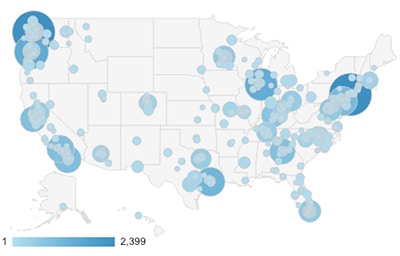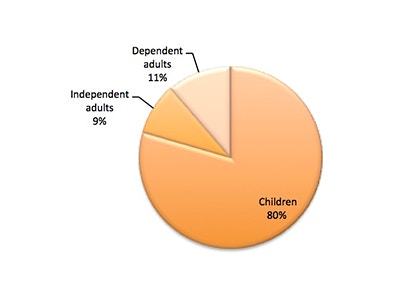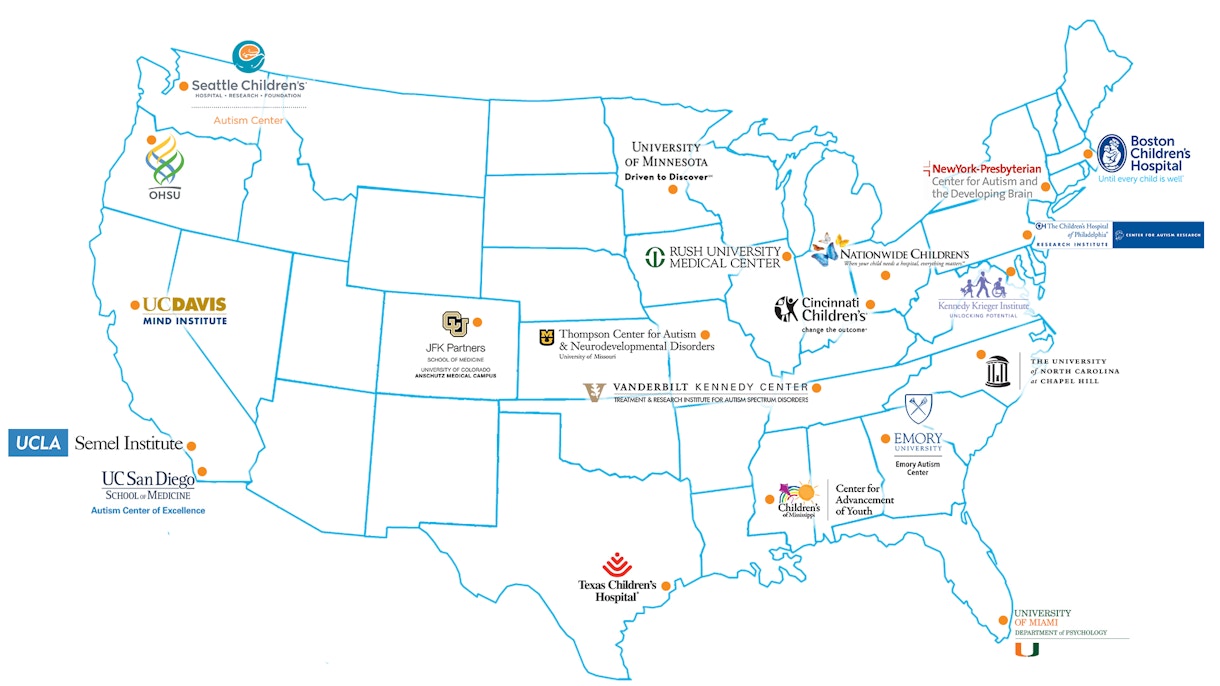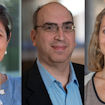
SPARK (Simons Foundation Powering Autism Research for Knowledge) is an online research initiative that aims to recruit, engage and retain a community of 50,000 individuals with autism and their family members living in the U.S. Participants are asked to share medical and genetic information and to agree to be contacted about future research studies. SPARK is centrally coordinated by the Simons Foundation Autism Research Initiative (SFARI) and is led by Wendy Chung (principal investigator of SPARK) and Pamela Feliciano (scientific director of SPARK). The project includes partnerships with 21 university-affiliated clinic programs and numerous national and local autism community organizations to help recruit participants and inform the community about SPARK. A pilot phase of SPARK was initiated in December 2015 with three clinical sites. The project officially launched on 21 April 2016.
I recently spoke with Pamela Feliciano about this new initiative and insights gained from the initial phases of the project. The interview has been edited for clarity and brevity.
What was the rationale behind SPARK?
In terms of why we started SPARK, the scientific reasons are clear. If we want to understand the causes of autism, and ultimately get to effective treatments and supports for more individuals, researchers need data from large numbers of individuals — simply because there is so much heterogeneity in autism symptoms and because there are so many different risk factors for autism. SPARK includes but is not just about genetics. SPARK intends to create a long-term research partnership with tens of thousands of individuals and families affected by autism across the United States. An important lesson learned from previous efforts, like the Simons Simplex Collection, was that we needed a more expansive approach for engaging research participants that has to involve creating long-term relationships with families. Recruitment for research studies has been such a barrier to advancing our understanding, and we recognize that creating lasting partnerships with affected families is important.
In order to recruit 50,000 families, we need to reach families that haven’t participated in research before. And so we need to get the word out to the entire autism community. We don’t need every single person in the autism community to participate, but we do need to reach a fair number of people who might not have thought about participating in research before. The focus groups that we held prior to launching SPARK taught us that a lot of parents and individuals with autism were interested in participating in research but simply didn’t know how. We hope that SPARK can provide that bridge between parents and scientists.
Also, I think it’s important for SPARK to be diverse. We want SPARK to reach individuals in underserved communities and for them to have access to the information that SPARK can provide. This includes online resources, as well as individual behavioral results and genetic results that we’ll be returning to the families (in cases where an autism risk variant is identified).
We've been really pleased with the amount of interest in this study and the success we've had at recruiting participants very quickly.
What excites you the most about this initiative?
I’m most excited about the potential to really make a difference and transform our understanding of autism. We know so little about how risk genes are connected to the symptoms of autism, and we don’t understand how etiology is related to the specific manifestations of autism. A more complete understanding of the causes of autism is needed for the development of more effective treatments and supports.
You have a child with autism. How has this helped to shape SPARK?
I do think that being a parent has given me a useful perspective in directing SPARK. I think being a parent has helped shape how we’ve developed SPARK and how we communicate to families and individuals with autism about SPARK. I think I have some understanding of what is meaningful to individuals with autism and their families. I’m only one parent, and of course we have a very diverse community in autism. But I think that by understanding what it’s like to raise a child with autism, I have some insight and perspective that is helpful.
What type of phenotypic data is being collected?

We recognized early on that in order to recruit tens of thousands of participants, we needed to make online registration easy, quick and straightforward. We do not collect detailed behavioral information in the initial registration. We ask questions about a participant’s initial diagnosis, language abilities and social communication abilities. We’ve had an initial look at the data, and almost all individuals under 18 years of age registering with an autism diagnosis meet autism diagnostic cutoffs. We are also asking if the person has had a diagnosis of intellectual disability and if he or she has had previous genetic testing and has participated in genetic research.
We are going to be sending more questionnaires for our participants to fill out in the coming months. We will be asking about medical history and sending them a battery of standardized research questionnaires. We also will be working with autism researchers to develop surveys to get more specific information in different research areas.
And a diagnosis of autism is self-reported, is that correct?
Yes. In order to make SPARK scalable, we are not conducting in-person clinical visits and we aren’t requiring participants to submit an ADOS [Autism Diagnostic Observation Schedule] score. The only criterion for entry is a professional diagnosis of autism. Participants are asked to report which medical professional gave them the autism diagnosis. The Interactive Autism Network, which is also a self-report autism registry, found high rates of validation (over 93 percent) between self-reporting an autism diagnosis and in-person clinical evaluations1.
What have been some of the key insights gained from the pilot phase of SPARK?
One of the things that we learned is that it is challenging to get complete ‘trios’ to register. By trio, I mean an individual with autism and both biological parents. There are many families in which one parent and his or her child with autism have joined, but the second parent has not yet registered. I think this is one difficulty of conducting research online. We don’t have one-on-one contact with all participants, and there isn’t a study coordinator walking every participant through the process.

We have also been pleased with the diversity of the individuals we’ve recruited so far. Hundreds of adults with autism have registered. And we have registrants from every state.
Are there plans to expand recruitment beyond the U.S.?
We don’t have plans to expand internationally yet. Of course, we’ve had a lot of interest and questions about this. I think in the coming year we’ll be able to make more decisions about different possibilities.
When will researchers be able to start accessing data and actively recruiting for their studies from SPARK?
We aim to have recruitment procedures in place by the end of 2016. Genetic and phenotypic data will be released regularly, likely on a quarterly basis, and will be accessible to approved researchers via SFARI Base later in 2016.

Additional links
- Families who are interested in learning more about SPARK or in participating can visit SPARKforAutism.org >>


